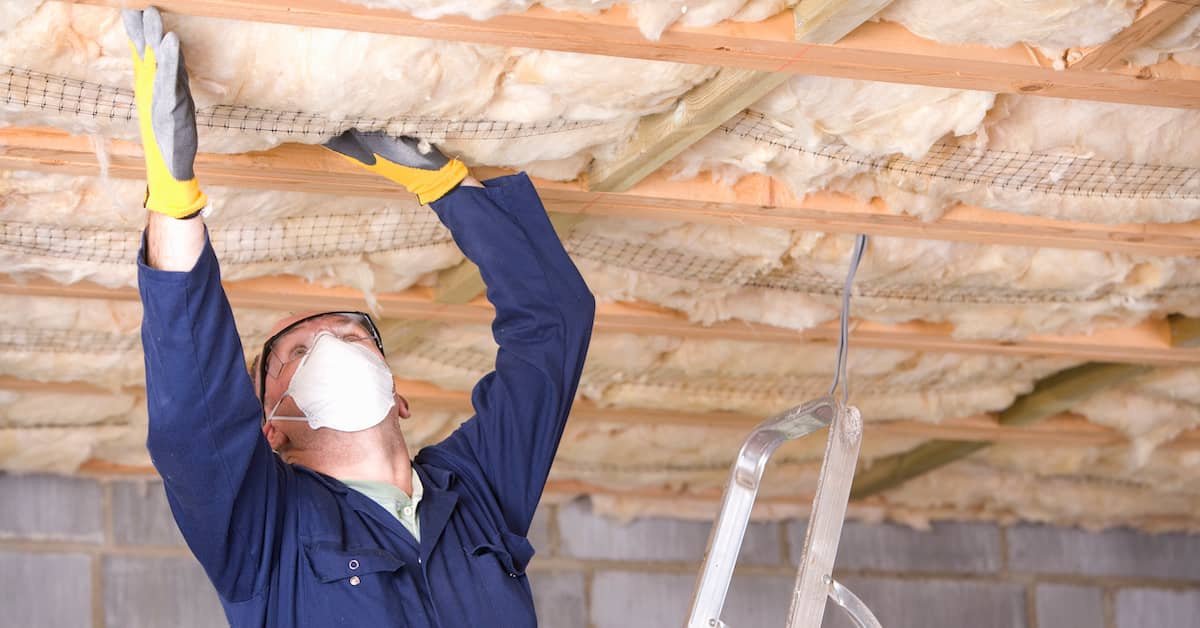
Fire insulation plays a crucial role in safeguarding buildings and structures against the devastating effects of fire. With numerous fire insulation options available in the market, it can be challenging to determine the best solution for your specific needs. In this article, we will delve into the world of fire insulation, exploring the various types, their benefits, and factors to consider when choosing the most effective fire insulation for your project.
- Understanding Fire Insulation:
Fire insulation refers to materials or systems designed to resist the spread of fire, providing a barrier that protects the structural integrity of buildings and prevents the rapid spread of flames and smoke. The best fire insulation solutions are those that offer a high level of fire resistance, thermal insulation, and durability. - Types of Fire Insulation:
a) Intumescent Coatings: Intumescent coatings are widely recognized for their ability to expand when exposed to high temperatures, forming a protective layer that insulates the underlying material. These coatings are commonly used on steel structures, providing fire resistance and maintaining structural stability.
b) Fireproof Insulation Boards: Fireproof insulation boards are composed of non-combustible materials such as mineral wool, calcium silicate, or gypsum. These boards are highly effective in preventing the spread of fire and can be used for both thermal and acoustic insulation.
c) Fireproof Sprays and Sealants: Fireproof sprays and sealants are versatile solutions that can be applied to various surfaces, including walls, ceilings, and electrical penetrations. These products create a protective barrier that delays the spread of fire, providing valuable time for evacuation and firefighting efforts.
- Factors to Consider:
a) Fire Resistance Rating: When selecting fire insulation, it is essential to consider its fire resistance rating. This rating indicates the duration for which the insulation can withstand fire exposure without losing its integrity. Higher fire resistance ratings offer increased protection.
b) Thermal Insulation Properties: Apart from fire resistance, it is crucial to evaluate the thermal insulation properties of the chosen material. Effective fire insulation should also provide energy efficiency by minimizing heat transfer and reducing energy consumption.
c) Compatibility and Ease of Installation: Consider the compatibility of the fire insulation solution with the existing structure and any other materials used. Additionally, choose insulation that is easy to install and maintain, ensuring a hassle-free implementation process.
- Benefits of the Best Fire Insulation:
a) Enhanced Safety: The primary purpose of fire insulation is to enhance safety by preventing the rapid spread of fire, allowing occupants to evacuate safely and minimizing property damage.
b) Regulatory Compliance: Utilizing the best fire insulation solutions ensures compliance with building codes and regulations, which often require specific fire resistance ratings for different structures.
c) Cost Savings: Investing in high-quality fire insulation can lead to long-term cost savings by reducing the risk of fire-related damages and the need for extensive repairs or reconstruction.
Conclusion:
Choosing the best fire insulation solution is crucial for ensuring the safety and integrity of buildings. By understanding the various types of fire insulation available, considering factors such as fire resistance rating and thermal insulation properties, and evaluating the benefits, you can make an informed decision that meets your specific requirements. Remember, fire insulation is not just a legal requirement but a vital investment in protecting lives and property from the devastating effects of fire.



